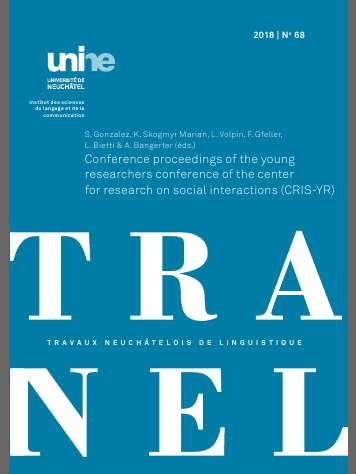Intentional communication in primates
DOI :
https://doi.org/10.26034/tranel.2018.2876Résumé
Human communication, including language, is the product of underlying intentions that are purposely expressed, epistemically monitored and flexibly interpreted. A main question in science has been about the evolutionary origins of this cognitive capacity. One way to address the problem is by studying the natural communication of animals, particularly nonhuman primates. As everything in biology, evolutionary transitions are gradual events, suggesting that intention may also have evolved in different stages as a function of increasing brainpower and cognitive complexity. In this chapter, I review empirical work on primate communication, which suggests that goal-directed intentional communication is well within the scope of animals, while simple mind-directed intentionality may be restricted to great apes and humans and shared intentionality may be an exclusively human capacity.Téléchargements
Publié-e
01-01-2018
Comment citer
Zuberbühler, K. (2018). Intentional communication in primates. Travaux neuchâtelois De Linguistique, (68), 69–75. https://doi.org/10.26034/tranel.2018.2876
Numéro
Rubrique
Article thématique


